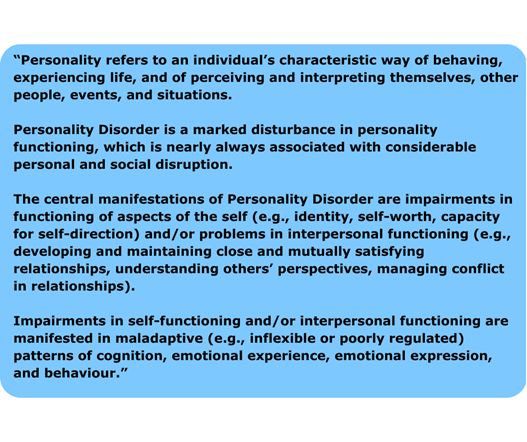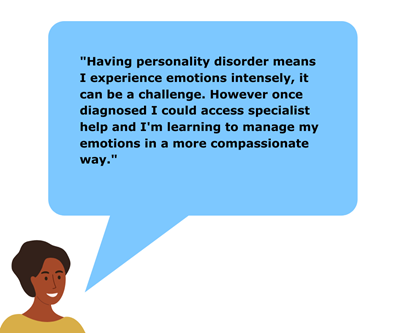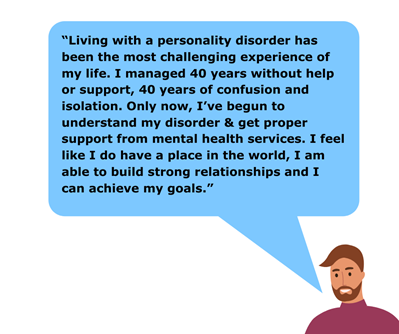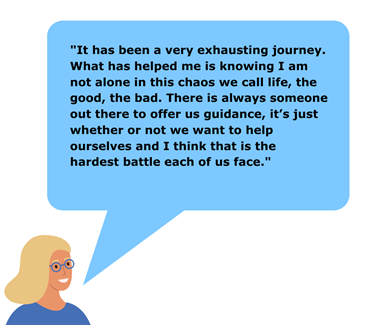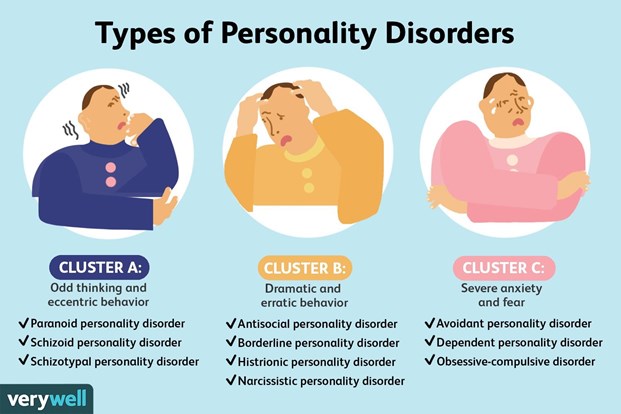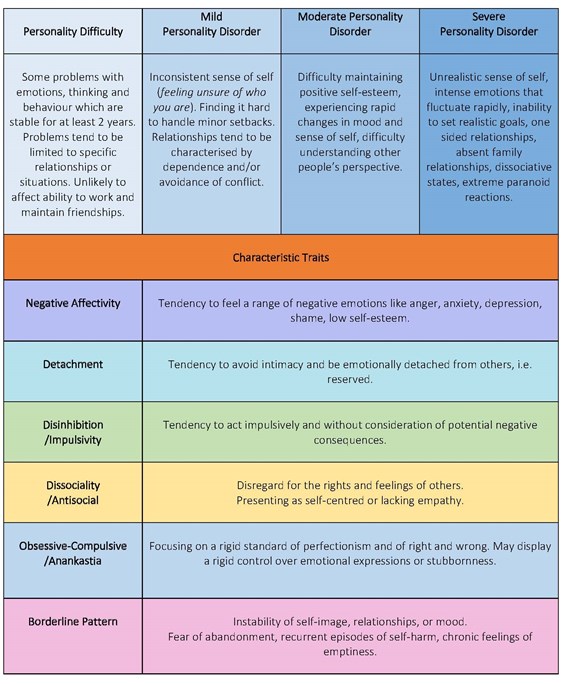Everyone’s experience of a personality disorder is unique. However, the following factors are known to increase the risk of developing a personality disorder:
- Genetic predisposition/vulnerability
- Early experiences and social circumstances
Genetic vulnerability
Genetic vulnerability refers to the elements of our temperament, personality, and characteristics of our nervous system that are present at birth and make us vulnerable to developing a personality disorder.
You may often hear mental health professionals discuss the terms ‘emotional dysregulation’ and ‘emotional sensitivity’. This is because emotional dysregulation is one of the core characteristics of a Personality Disorder. It refers to an emotional response which is poorly regulated and disproportionate to the event that activates it. It is also believed that individuals with a Personality Disorder are born with an increased sensitivity to emotional stimuli. Meaning that you may react to events that others wouldn’t have a reaction to, experience emotions more intensely than others, and take a longer time to recover back to emotional baseline after an emotional reaction.
However, genetics alone do not cause someone to develop a personality disorder. Instead, it is believed that personality disorder is caused by a combination of genetic predisposition to emotional sensitivity and an invalidating environment during childhood.
Early experiences and social circumstances
Having a genetic vulnerability alone is not enough. Early life experiences shape the way we view ourselves and others around us. This is because as infants, we rely on our primary caregiver to meet our emotional and physical needs for survival. However, negative life experiences in childhood which invalidate our feelings and needs can cause us to become more sensitive to our environments as a way to survive. They may also lead us to develop maladaptive coping strategies and negative beliefs about how relationships work. Some of the negative or adverse experiences that can lead us to develop a negative view about ourselves and the world around us are; neglect, invalidation/invalidating environments, abuse (physical, emotional or sexual), household dysfunction, etc.
Neglect
Neglect refers to the absence of emotional support. Emotional neglect is defined as a relationship pattern with the primary caregiver in which the infant’s emotional needs are ignored, invalidated, or disregarded. Neglect may occur if the primary caregiver is consistently absent due to having to work, or if they are not emotionally available to meet our needs due to their own struggles with physical or mental health.
Invalidation/Invalidating Environment
An invalidating environment is one in which there is a tendency to deny or respond inappropriately to a child’s inner experience e.g. their thoughts, emotions and physical sensations (things which cannot be seen on the outside). There are many ways an environment can be invalidating - some are more obvious like an abusive home and some more subtle like being told “stop crying” or “don’t overreact”. Some examples of different invalidating environments are provided below:

